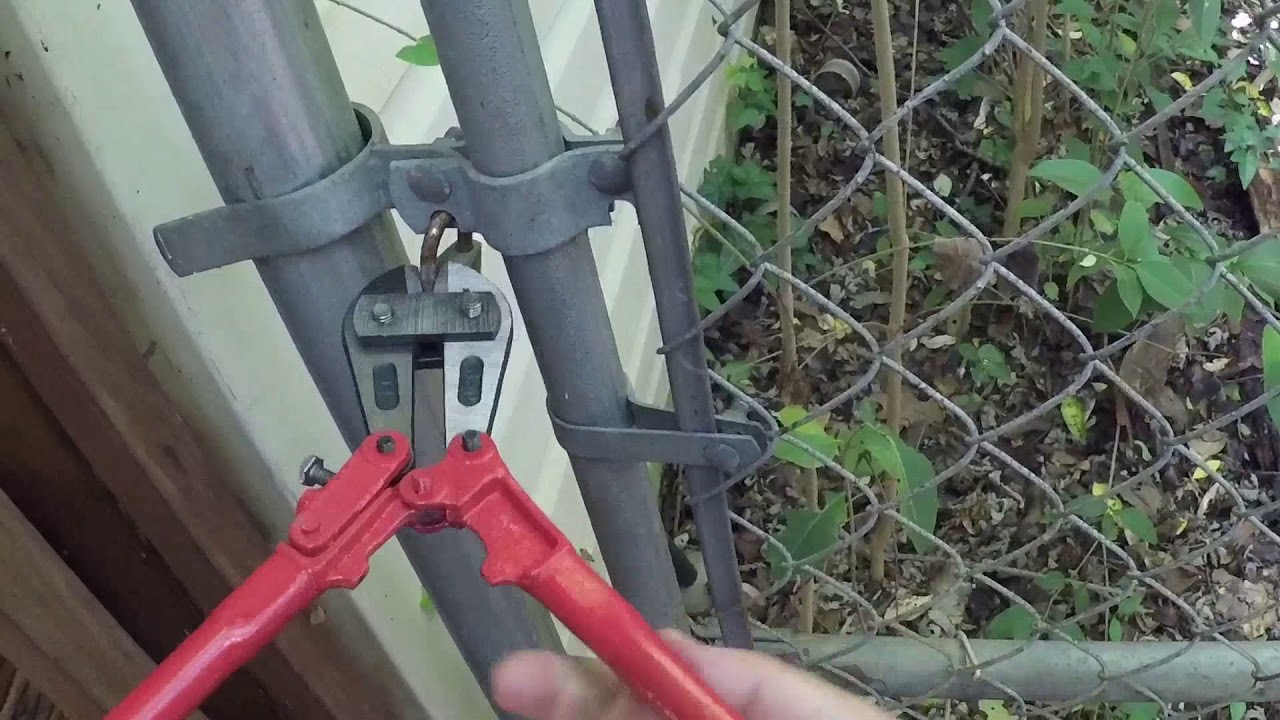“SAYA mau tengok wang saja.” (literally, “Just show me the money”).
It is surely not easy to be a strict houseowner; just ask this landlady who was forced to take drastic action over unpaid arrears in rental.
In a video shared on X by Tony Montana (@Brohascomeback), a tenant was purportedly locked out of his rented premises and was trying to gain access by removing the locks.
It was then that he (and the movers) were rudely greeted by a rather loud and irate woman believed to be the landlady.
Obviously at the end of her tether, she simply exclaimed that the tenant can remove his belongings AFTER he has settled the arrears.
Owner rumah cina tahan kereta dan barang sbb lambat keluar rumah setelah tamat penyewaan. 🤔 pic.twitter.com/t3sI7f5btj
— Tony Montana 🦀 (@Brohascomeback) May 27, 2025
The post has already generated over 533.2K views at time of publication with netizens divided over the actions of the landlady.
One commenter contended that landlords need to be cold and stone-hearted lest they be taken for a ride by unscrupulous tenants. If one is unable to pay rent, “just go live by a cemetery or under a bridge” was his advice.

Another netizen observed that it appears many netizens sided with the tenant simply because the landlady was a “Type C” (slang for Chinese).

Putting aside racial issues, is the landlady’s action legal? It was argued that the landlady was well within her rights to lock the premises given the landlord’s rights over the non-payment of rent would have been clearly spelt out in the tenancy agreement

More than a few highlighted that the landlady had no right to take such action. One warned that the landlady could be spending time behind bars should the tenant make a police report.

In Malaysia, landlords cannot legally lock up a rented property and seize a tenant’s belongings if rent is unpaid without a court order or warrant.
What remedies are available to the landlord?
Under the Distress Act 1951, a landlord can apply to the court for a Writ of Distress (or Distress Action) to seize the tenant’s removable property to recover unpaid rent. The seized property can then be sold to cover the rental arrears.
Landlords are generally prohibited from using self-help methods like changing locks or shutting off utilities to evict a tenant or recover the property.
The Specific Relief Act 1950 requires landlords to obtain a court order to evict a tenant and recover possession of the property.
A landlord who illegally locks a tenant out or seizes their belongings without due process may face legal action from the tenant, potentially for trespassing or wrongful eviction.

The law is clear on this. While it may be time-consuming and tedious, it cannot be side-stepped even if “it does have a soft spot for the tenant compared to the landlord”.

Such disputes are common and it must be incredibly frustrating. Apart from demanding larger deposit amount or carefully screening potential tenants, there is little landlords can do to avoid such pitfalls.
Dealing with such tenants may be stress-inducing but that doesn’t justify the landlady taking matters into her own hands. The law is crystal clear on that. – June 5, 2025









